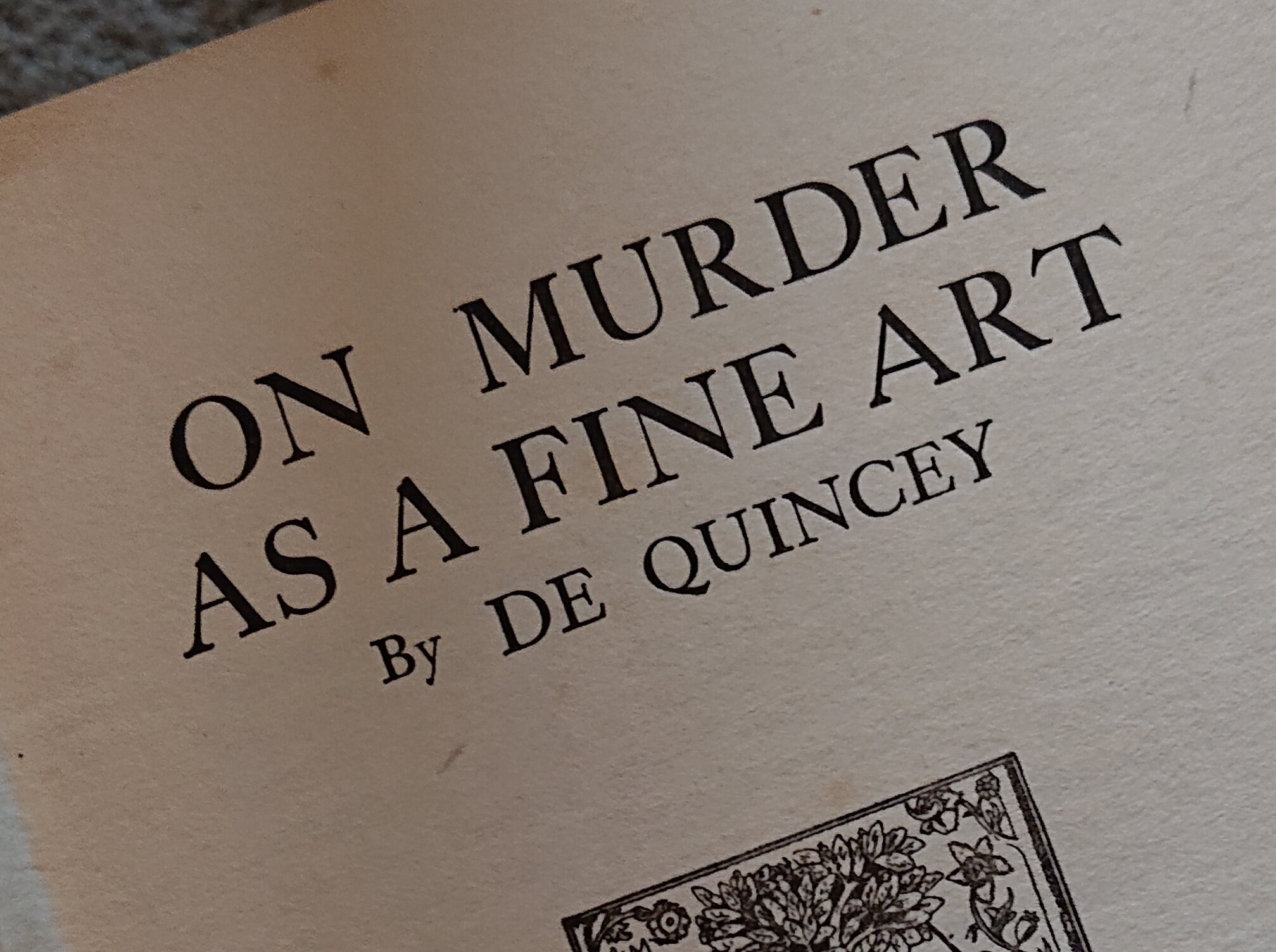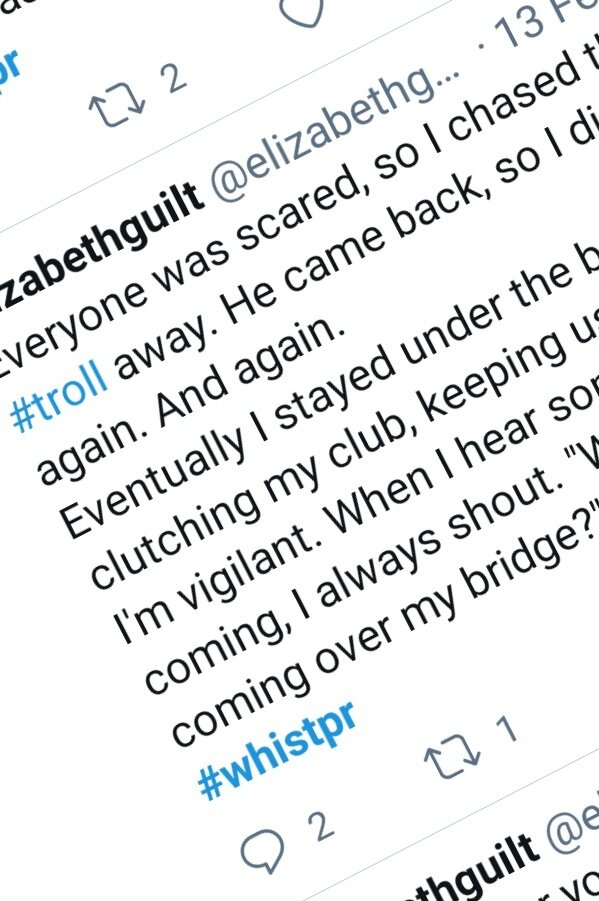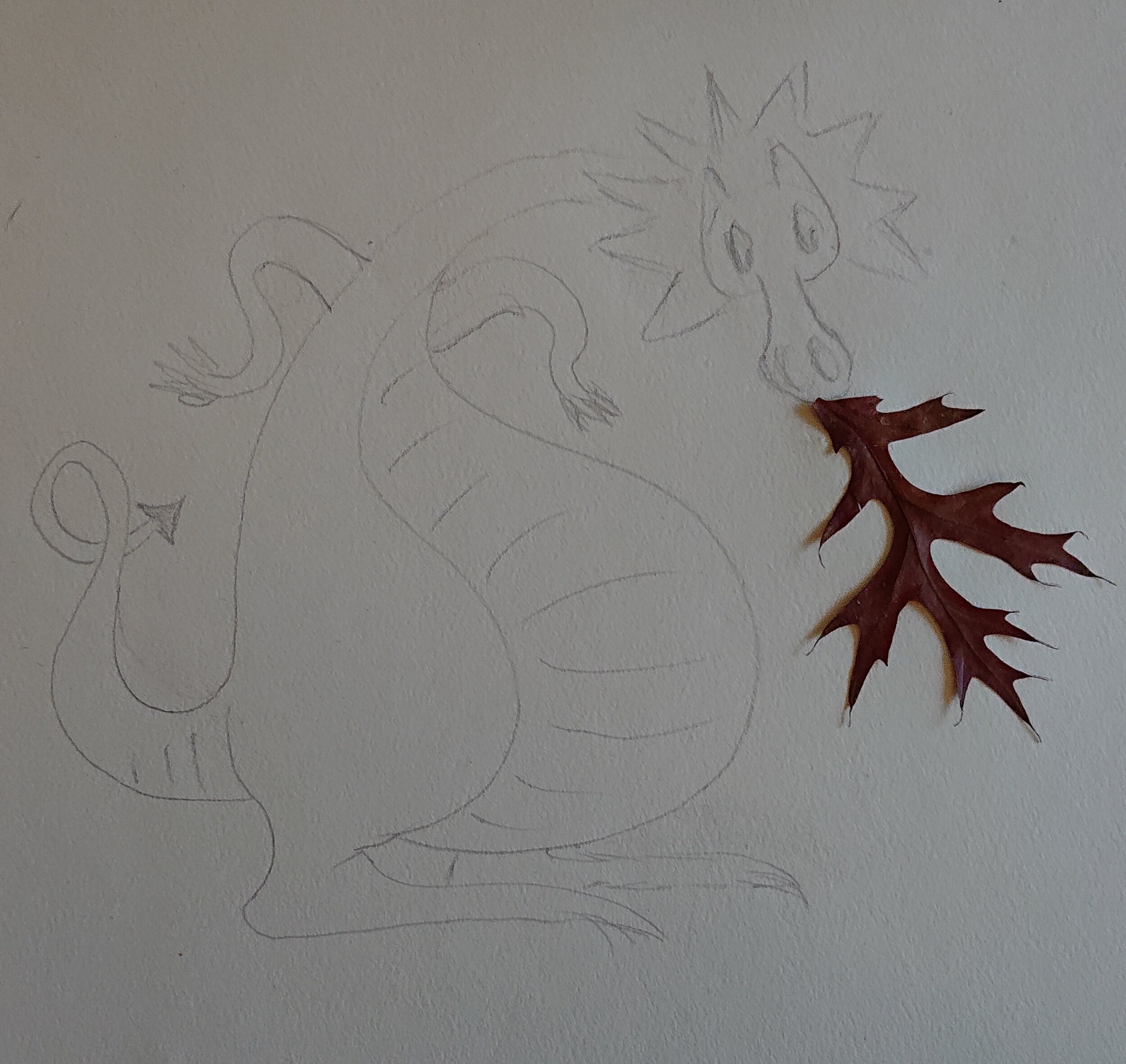My last blog post Old Year / New Year included headline statistics on the number of stories I’d had accepted/rejected during the previous year. My last blog post was also rather a long time ago, because life doesn’t half get in the way sometimes.
However, to my great delight the post accrued a comment!
“How many unique stories did you submit in 2021? Would love to hear a bit more about e.g. how many rejections an accepted story had on average.”
For reference, the total number of submissions made last year was 109, and the results stacked up like this:
The table is actually slightly different from the original, because a few of the submissions that were pending at new year have now un-pended. The acceptance rate is still inflated by having three pieces accepted for the same drabble anthology.
To answer the first question: the 109 submissions were to 77 distinct markets, and involved 42 unique pieces of writing. I don’t keep detailed records, but from eyeballing the list I think only 14 of the 42 stories/poems/drabbles/self-indulgent creative-non-fiction ramblings were actually written during 2021.
To answer the second, I figured I was going to have to learn a little more about Excel pivot tables.
And then there was a lot of swearing. And then I wondered why on earth I was faffing around with Excel when I am (in my day-job) a computer programmer who can trivially churn out code to do this sort of number-crunching. And then there was a lot less swearing and a lot more progress.
I’ll be honest, the outcome here surprised me:
| Story | Rejections before Acceptance |
|---|---|
| Change | 0 |
| Christmas Elf | 0 |
| Glass / Desire Lines | 0 |
| Henderson | 1 |
| Jeremy Sleeps | 1 |
| Reveal | 2 |
| The Failed | 1 |
| The Fight | 0 |
| Time For Tea | 0 |
| Time To Move | 0 |
| Time To Think | 0 |
My perception is that most stories go through multiple rounds of rejection before they’re accepted. However, we have several things affecting the data.
The Time… drabbles, Change, and The Fight, were written for very specific fiction calls or markets. Had they been rejected, they would likely not have been suitable for anything else, and would probably now be languishing in the place were stories go to moulder.
2021 is also not the entire picture. The story referred to here by its working title of Henderson was published as The Lady of Time by The Colored Lens in last Autumn. However, it was written some years ago, and had already been rejected 6 times before we even reached 2021. (Unrelated: the editorial staff at the Colored Lens are an absolute joy to work with. They also tend to offer pretty rapid response times, and constructive feedback. I highly recommend both sending them stories, and buying their magazine!)
The final problem with my results is the very obvious one: it’s a tiny sample size! Averages and so on can be really good tools for getting a handle on giant piles of data, but I do not, sadly, have a giant pile of acceptances upon which to commit acts of data science. Anyone trying to generalise from 11 stories may well not learn anything useful.
Extending it to all the stories I’ve ever had accepted (24 to date; not all have actually been published yet), then the average number of rejections is 2.8. However, I don’t think that’s a terribly helpful measure - stats fans may be interested to know that the median is 1. To put it more usefully: 10 of those published stories were accepted on their first try, but the most-travelled story was rejected 20 times before it was accepted. Among the stories that were not accepted first go, the average number of rejections is closer to 5. Note to self: acceptance on first submission is actually considerably more common than you think it is.
If I look at just the un-accepted stories, the picture gets a little strange. The average number of (all time) rejections for each unsold story is currently almost exactly the same, just below 5*. But the stories at the top of the rejections league are, by and large, the stories I think are my best. Why would my best stories accrue so many rejections?
Well… it’s my fault. Kinda. When I feel a story is particularly strong, I tend to send it to higher-profile markets. By that, I mean markets whose publications have a large circulation, or which are more highly thought-of, and which often (though by no means always) pay at professional rates. Sadly, everyone else does the same, meaning that these markets have a constant, high-volume slush pile of great stories and they can afford to be extremely choosy. Their acceptance rates are often below 1%** - and presumably even lower than that for unsolicited submissions - meaning that the rejections can rack up pretty quickly.
When I wrote my submissions-round-up-post for 2020, I closed it by noting that a piece I was very proud of had collected 10 rejections and just gone out for the 11th time. It remains one of my favourite things I have ever written, but it is kind of odd, and hard to categorise, and probably not for everyone. It was first submitted in August 2018 and, despite editors often saying nice things about it, it kept on coming back. It is, in fact, the piece noted above with a record-winning 20 rejections - and it finally found a home in early January (to be published later in the year). Sometimes it really is just a long slog to find a publication which wants the particular thing you have written.
* Actually now very slightly higher, due to a rejection having come in while I was drafting this!
** Most markets don’t publish these stats, but aggregators like The Submissions Grinder provide estimates.

















